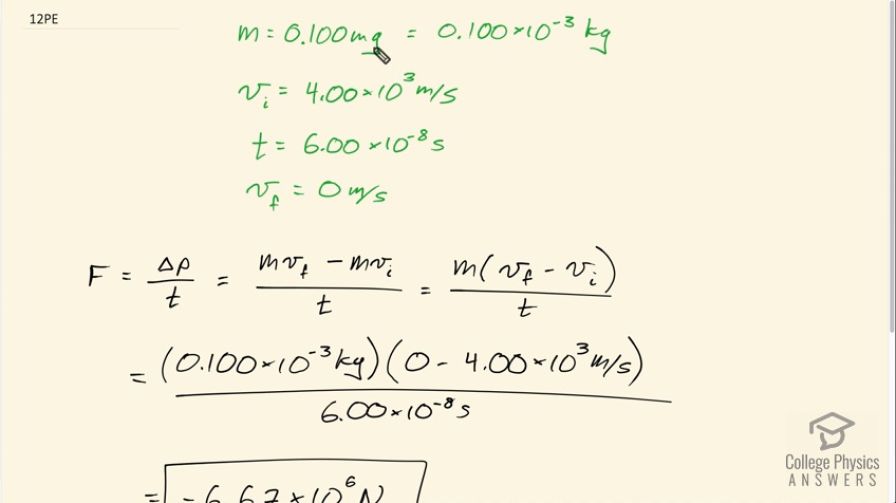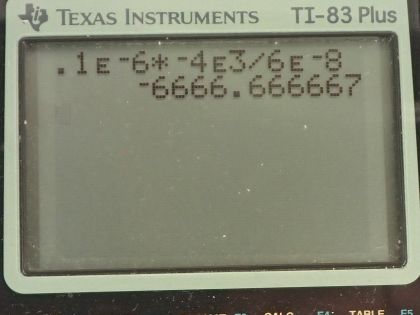Note: The video shows an incorrect conversion of to . It should be . The final answer in the video is wrong, but the process is correct. The final answer shown above, and the calculator screenshot, have both been corrected.
Solution video
OpenStax College Physics, Chapter 8, Problem 12 (Problems & Exercises)

Calculator Screenshots
Comments
You state that the 0.100 mg chip is equal to 0.100 x 10^3 kg. I believe that you should have the mass as 1.00 x 10^-7 kg, or 0.100 x 10^6 kg, seeing as how 1 mg = 1 x 10^6 kg.
How did you convert .100 mg to .100 x10 ^-3 kg?
Every where I look, .100 mg = 1.0 x 10^-7 kg.
Hi blue,
Thank you for your comment. You're quite right that there's an error, and I have already put some notes about this in the final answer. 0.100 mg does convert to 1.00 x 10^-7 kg as you say. The final answer and calculator screenshots have been updated (note that I write 0.1 x 10^-6 which is the same as 1.0 x 10^-7), but the video still needs an update.
All the best,
Shaun
Thanks!


